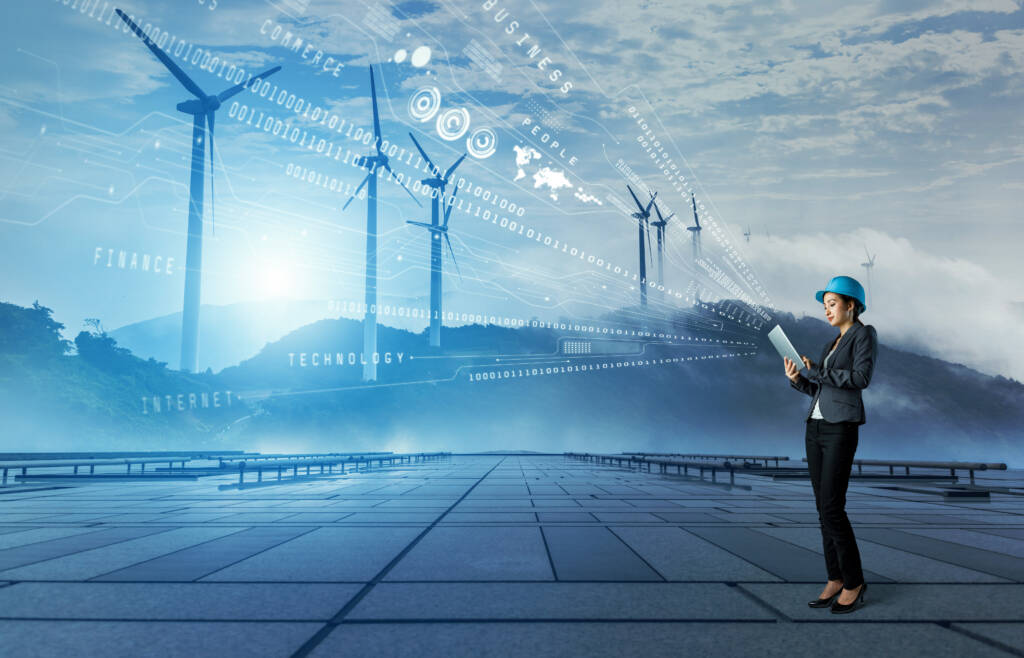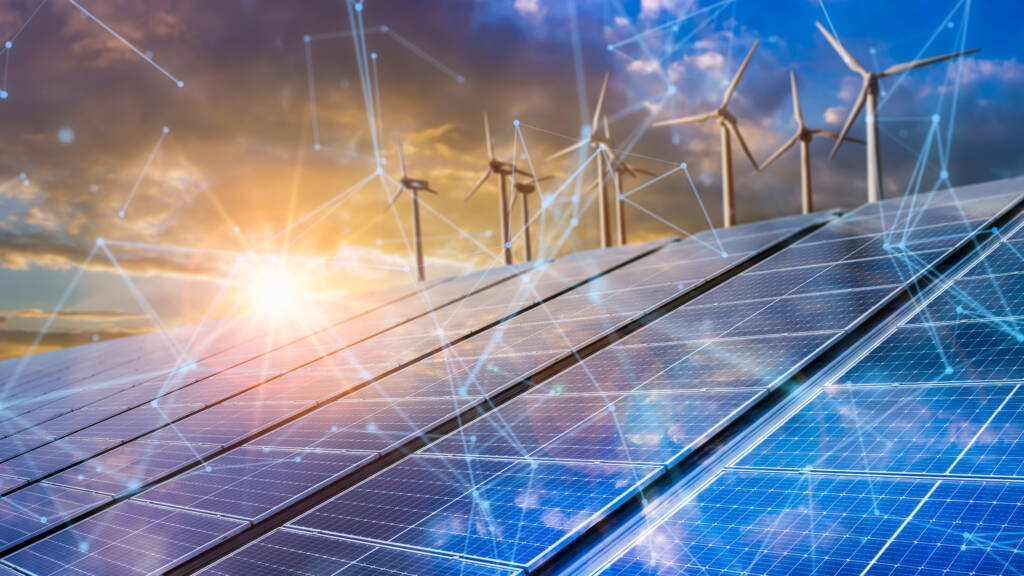Wind turbines have emerged as an iconic symbol of renewable energy, capturing the imagination with their elegant blades spinning gracefully in the breeze. These impressive structures play a pivotal role in generating clean and sustainable electricity. This article delves into the world of wind turbines, exploring their operation, benefits, and the key role they play in our transition to a greener future.
How Wind Turbines Work
Wind turbines convert the kinetic energy of the wind into electricity through a simple yet sophisticated process. As the wind flows over the turbine’s blades, they rotate, driving the turbine’s generator to produce electricity.
The speed and direction of the wind determine the turbine’s efficiency, with optimal performance achieved in areas with consistent and strong winds.


Harnessing Clean Energy
One of the most significant benefits of wind turbines is their ability to generate clean and renewable energy. Unlike fossil fuel-based power plants, wind turbines produce electricity without emitting greenhouse gases or other harmful pollutants.
This clean energy helps combat climate change, reduces air pollution, and enhances energy security by diversifying our energy sources.
Abundant and Sustainable
Wind energy is an abundant resource, available in various regions across the globe. By tapping into this virtually limitless source, wind turbines offer a sustainable solution for meeting our growing energy demands. Furthermore, wind energy is inherently renewable, making it a key pillar in reducing our dependence on finite fossil fuel resources.
Economic Opportunities
The deployment of wind turbines presents economic opportunities at both local and national levels. Wind farms create jobs in manufacturing, installation, operations, and maintenance. They also contribute to the growth of a domestic renewable energy industry, attracting investments and stimulating economic development in surrounding communities.
Energy Independence and Resilience
Wind turbines promote energy independence by diversifying the energy mix and reducing reliance on imported fossil fuels. They provide a decentralized source of power, allowing communities and regions to generate their electricity, enhancing energy resilience, and reducing vulnerability to supply disruptions.
Environmental Benefits
In addition to reducing greenhouse gas emissions, wind turbines have numerous environmental benefits. They conserve water resources since wind energy production requires no water for cooling, unlike conventional power plants. Wind turbines also help preserve ecosystems by avoiding the negative impacts associated with extracting and burning fossil fuels.
Technological Advancements
The wind energy sector has witnessed significant technological advancements. Turbine designs have become more efficient, with larger rotor diameters and taller towers that capture more energy from the wind. Innovations in materials, control systems, and grid integration have further improved the performance and reliability of wind turbines, making them a viable and cost-effective renewable energy solution.
Addressing Challenges
While wind turbines offer numerous advantages, they do face certain challenges. Concerns such as visual impact, noise, and potential impact on bird and bat populations require careful consideration during project planning and siting. However, ongoing research and development continue to address these challenges, leading to improved turbine design and mitigating potential impacts.
Conclusion
Wind turbines have revolutionized the way we generate electricity, providing a clean, abundant, and sustainable energy source. As we strive to mitigate climate change and transition to a low-carbon future, wind power plays a crucial role in meeting our energy needs while reducing environmental impacts. Continued advancements in wind turbine technology, coupled with supportive policies and investments, will unlock the full potential of this remarkable renewable energy solution, bringing us closer to a greener and more sustainable world.

